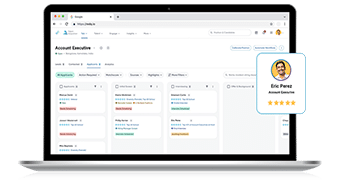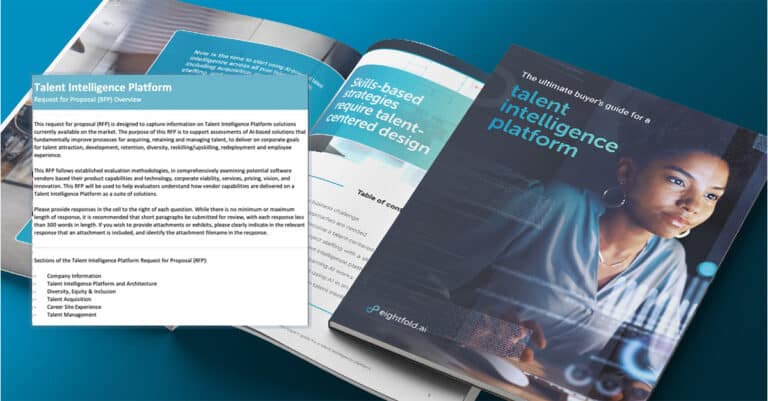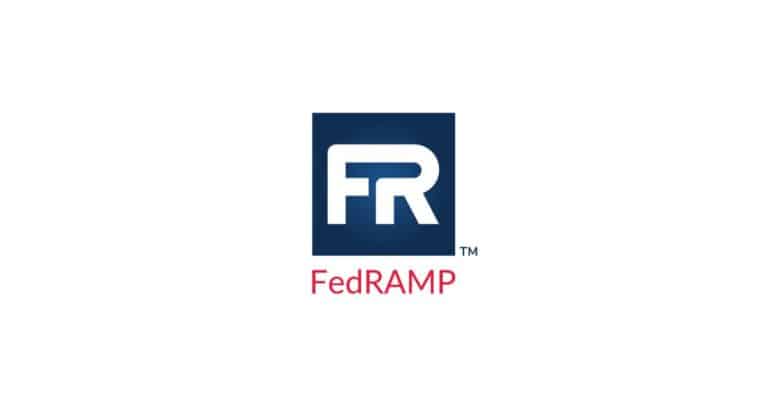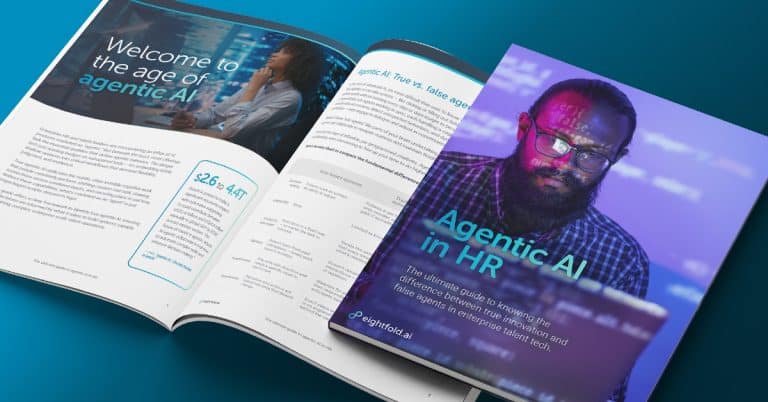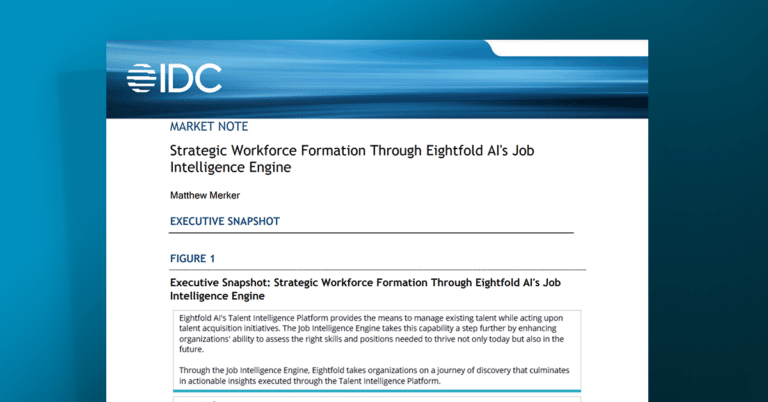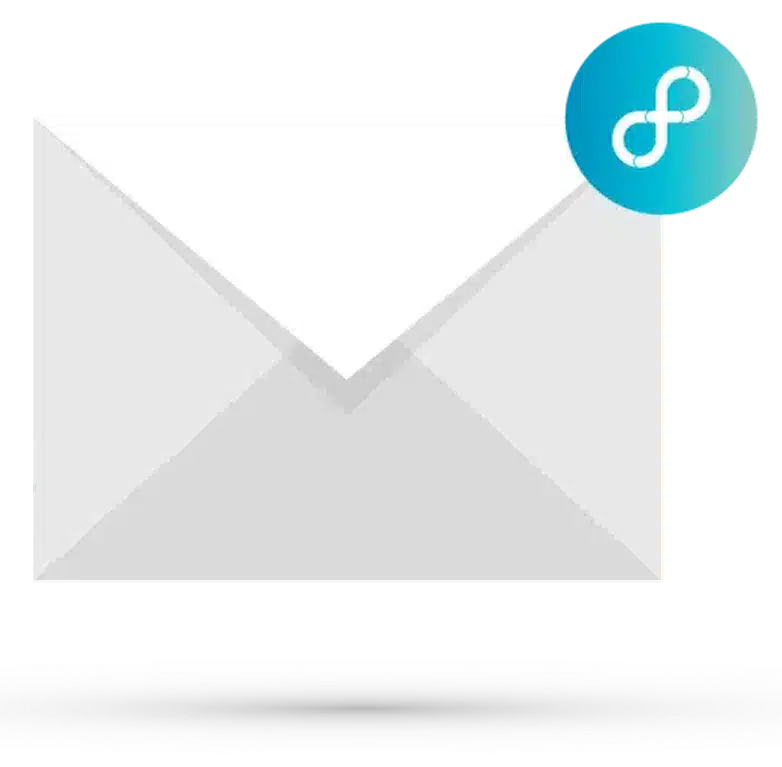As organizations mature, grow and, in the case of the COVID-19 pandemic, recover, leadership must take stock of their current workforce for an aggregate view of the skill sets present. Juxtaposing those skill sets with the goals of the organization can often yield a mismatch of skills for the tasks at hand. While some skills mismatch is inevitable, multiple small instances scattered throughout an organization can lead to a much larger gap and create an imperative for closing that gap through professional development and talent acquisition.
The challenge placed before organization leadership is the ability to assess the skills present in their current workforce. Defining what skills are needed today versus what are needed tomorrow and identifying not only gaps but in some instances an overabundance of skills are critical for organizations to execute strategies for service and product development.
Recognizing the need in the market to understand these skills profiles from a holistic workforce perspective, Eightfold expanded upon its Talent Intelligence Platform with the Job Intelligence Engine. This new solution, coupled with the existing platform, provides a strong tool for HR professionals and C-suite leadership to think strategically not only about their business model but also their workforce and associated strategic plans.
Eightfold’s Job Intelligence Engine
Eightfold’s new platform is formed in response to the frequent turmoil organizations are subject to by external events as well as internal decision making. External events such as the pandemic and subsequent labor shortage have caused not only a lack of talent in specific roles but also have furthered the skills gap in critical areas. Internally, M&A activity and business transformation initiatives leave in their wake organizations with reduced visibility into their current workforce skill sets holistically.
Eightfold’s Talent Intelligence Platform provides the means to manage existing talent while acting upon talent acquisition initiatives. The Job Intelligence Engine takes this capability a step further by enhancing organizations’ ability to assess the right skills and positions needed to thrive not only today but also in the future.
Through the Job Intelligence Engine, Eightfold takes organizations on a journey of discovery that culminates in actionable insights executed through the Talent Intelligence Platform. That journey begins with an assessment of the as-is workforce. The Engine ingests current jobs and skills taxonomies to provide assessment of job descriptions and their associated skill sets. Duplicative positions are identified and streamlined, providing clearer roles and responsibilities as well as guidance for placement within specific teams or divisions. Existing jobs are refined from a skills requirement perspective, modifying descriptions to identify skill sets, education, and professional
backgrounds needed to successfully fill the role. Position gaps are also identified through this process and placed within the organizational hierarchy as new roles to be filled either internally or externally.
The assessment process, undertaken by HR and team leadership, is guided throughout by the AI interface assistant. The interface assistant walks with the end user through their decision making in identifying skills needed for particular roles, using AI and ML to provide insightful recommendations that align not only with the organization’s identified job responsibilities but also juxtaposed against global benchmarks for like positions. The Engine’s AI assistant eases the use of the platform and reduces the learning curve significantly, resulting in quicker adoption and ultimately organizational action.
After initial assessment, Eightfold aligns its recommendations with senior leaders who have an eye on a long-term strategy to provide input on skills and positions that may not be needed at the moment but will be in the short- or long-term strategic plan of the organization. After alignment, the Engine builds the newly identified jobs library, creating a repository of easy access roles and descriptions for recruiters and business leaders to quickly populate organizational design layouts that are sensible and relevant to identified strategic goals.
After initial stand up of the new jobs and skills taxonomies, the Engine ensures continued relevance for the organization in the future through automation and managed services. As needs evolve, the Engine provides updated recommendations in review of the current jobs library as well as regularly updated global benchmarks.
The end result of the exercise of the Job Intelligence Engine is highly increased transparency of current jobs and skills requirements for business success. This leads to organizational design actions such as realignment of current employees to new divisions and teams that optimize talent usage for productivity. Upskilling opportunities are also identified and integrated into learning management system recommendations as well as internal gigs to reduce the gaps. The clearer organization also provides increased confidence in talent selection for succession planning, aligning successors more closely with existing leadership skills and professional experience backgrounds.
The skills and jobs library also enables talent acquisition strategy execution through clearer role descriptions and alignments with appropriate teams. This provides an increased likelihood of success in recruiting with greater assurance that the right talent with the right skills and background are identified to fill critical roles today while providing role flexibility through integrated professional development to evolve and meet the needs of the organization for its long-term strategy.

